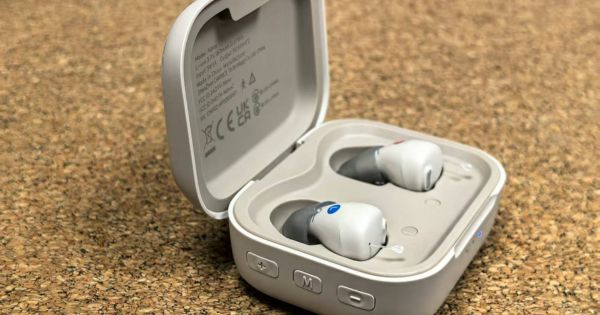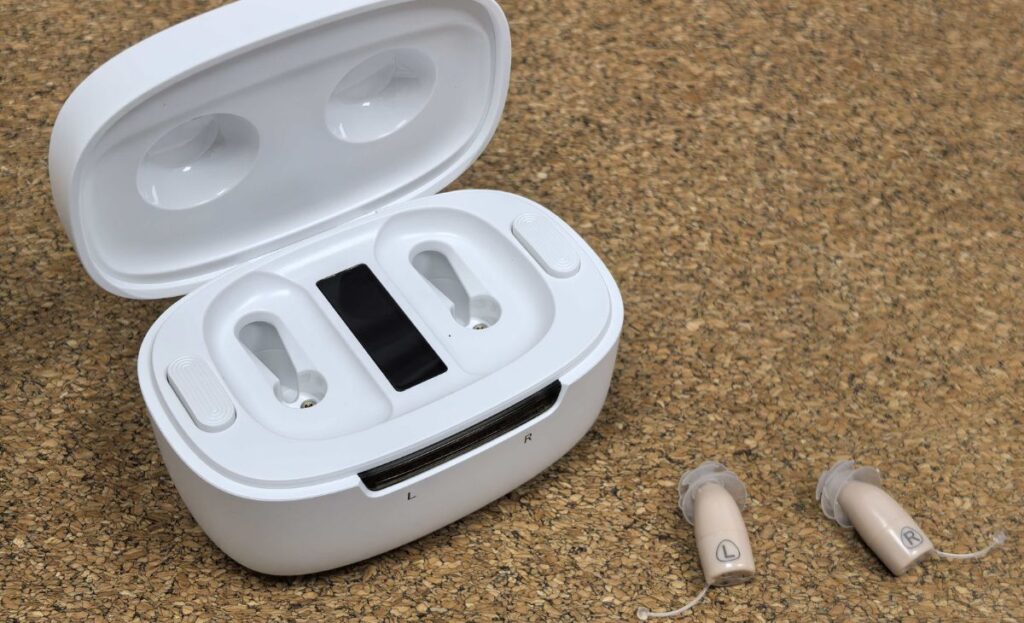
Ceretone Core One Pro Review: My Weeks With the Smallest OTC Hearing Aid That Actually Works
When I first heard about the Ceretone Core One Pro, I wasn’t expecting much.
After all, I’ve tested many so-called “budget hearing aids” that promise crystal-clear hearing but end up sounding like an old radio turned too loud.
But after two ear surgeries and mild hearing loss myself, I’m exactly the kind of person OTC hearing aids are made for. So when Ceretone launched the upgraded version of its Indiegogo success — the Core One Pro — I had to try it.
Three weeks later, I can confidently say: this tiny device changed how I experience daily conversations.
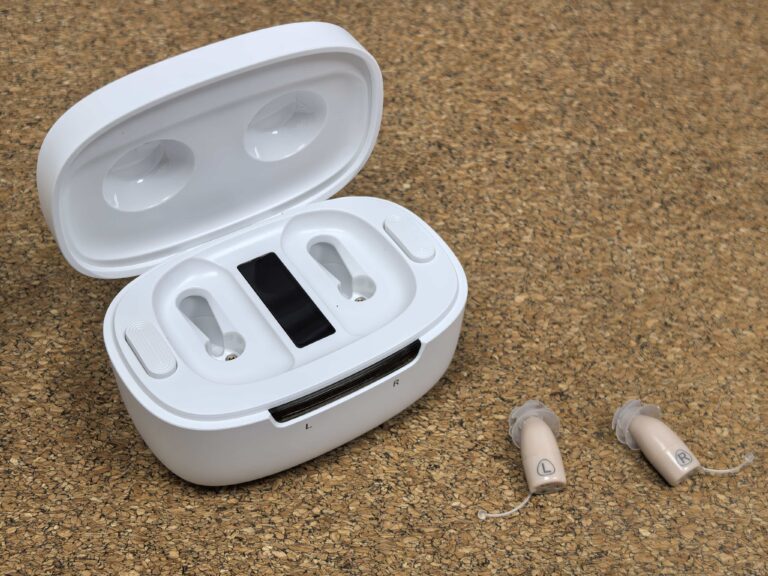
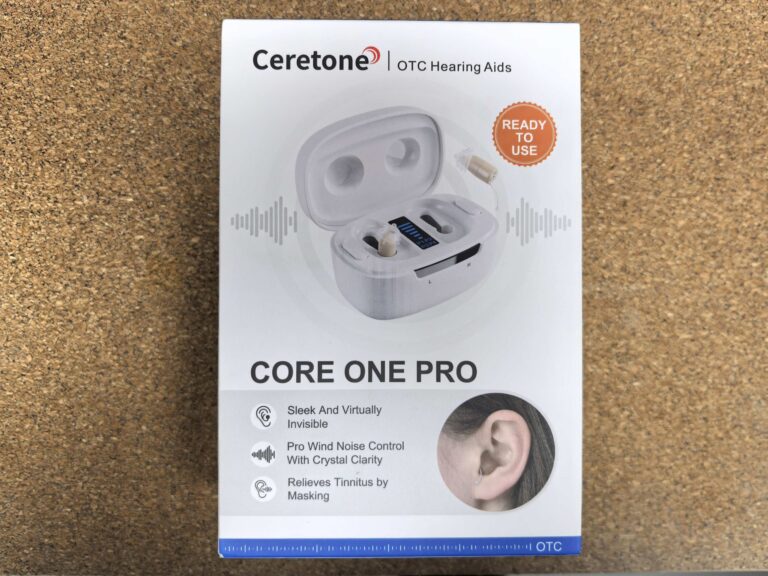
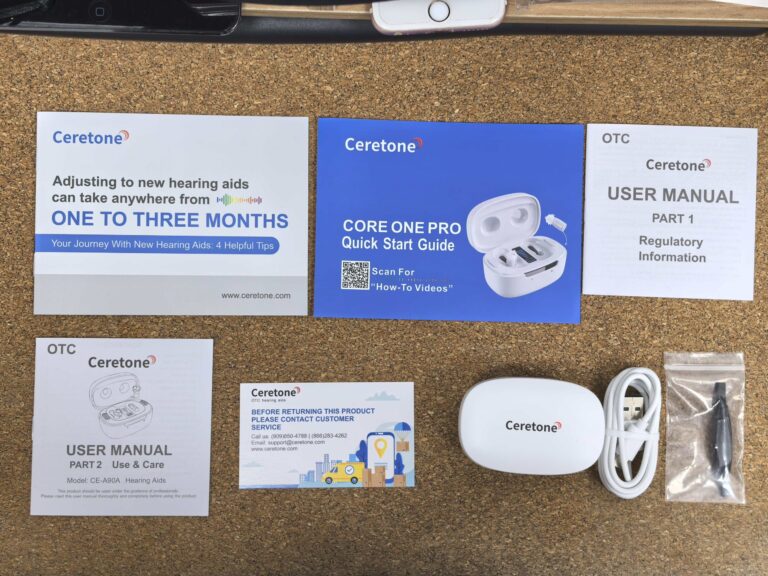
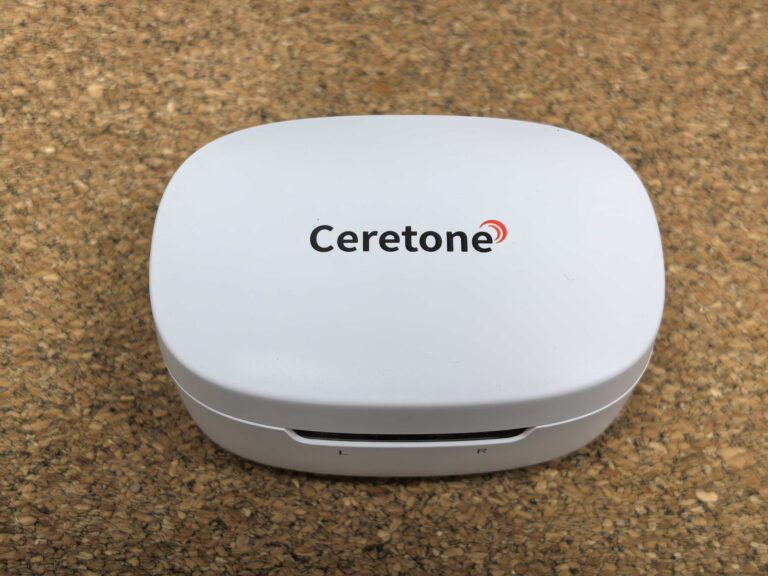
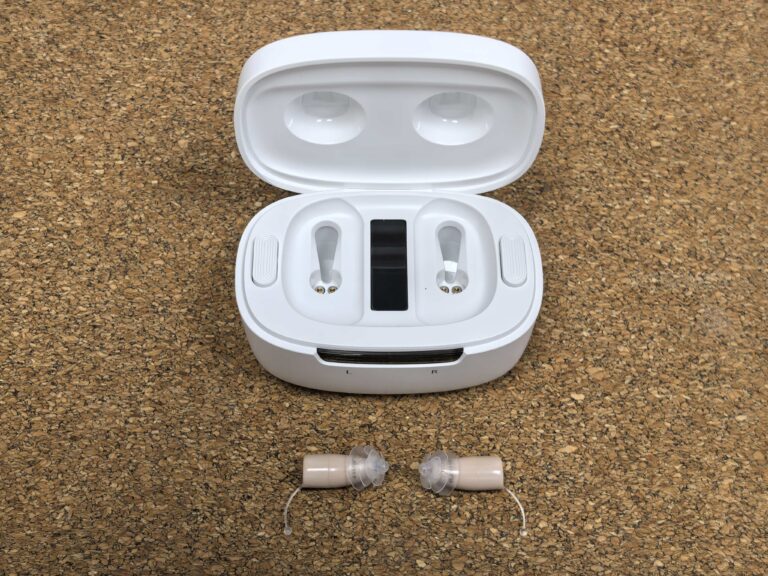
Table of Contents
Why I Wanted to Test the Core One Pro

The original Ceretone Core One raised over $30,000 USD on Indiegogo, mostly because of its “invisible” design and easy plug-and-play use. The Pro version adds several real-world improvements:
Longer battery life (20 hours + case)
IP66 dust & water resistance
4 listening modes including Tinnitus Masking
Dual microphones for clearer voice pickup
As someone who often struggles to follow conversations in restaurants or meetings, these features looked promising — especially at around $329 USD a pair, far below premium hearing aids.
First Impressions: So Small I Thought I Lost It
When I opened the box, I actually laughed — the devices were smaller than my thumbnail.
Each earpiece weighs around 1 gram, and once inserted, it disappears completely inside my ear canal.
It’s the first time I’ve worn something that didn’t make me self-conscious. No one noticed during family dinners or video calls. Even my wife only realized I was wearing them when I took them out.
The fit is surprisingly comfortable. I could wear them for 8 + hours straight without itching or soreness — a big deal if you’ve ever tried bulky aids before.
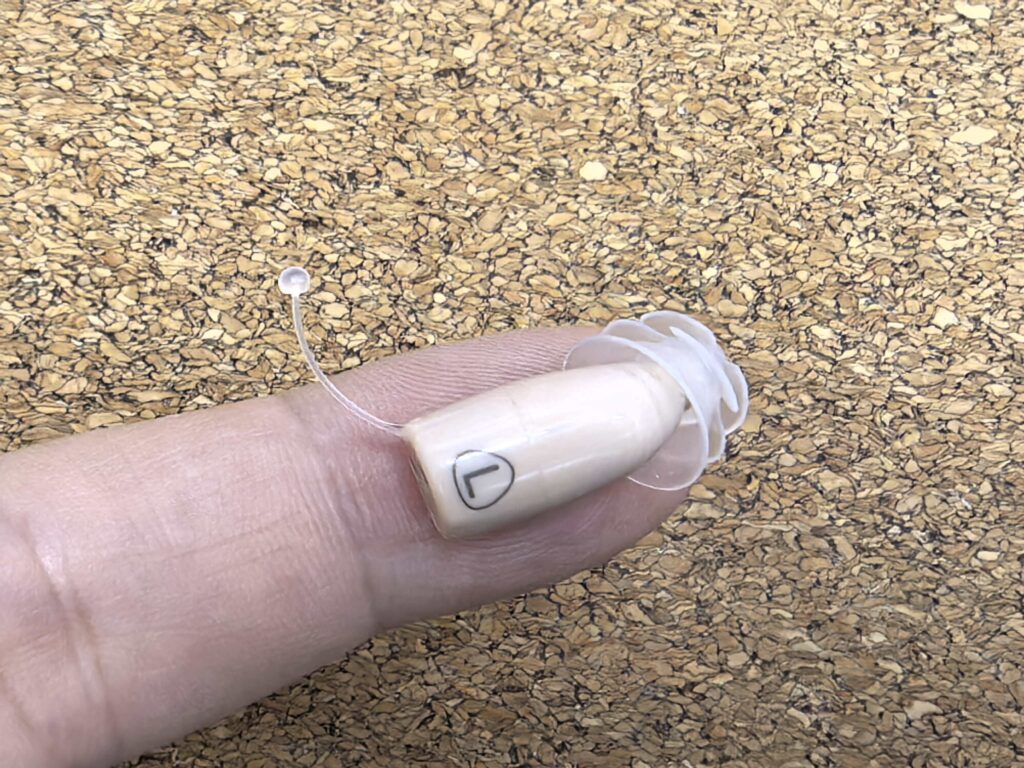
Real-World Testing: From Quiet Mornings to Noisy Hawker Centres
I tested the Core One Pro in my daily life:
Working in my home office (quiet environment)
Chatting during lunch meetings
Walking outside in humid Singapore afternoons
Having dinner in a crowded hawker centre
🏠 In quiet rooms
Voices sounded natural and full, not tinny or robotic. I could hear my kids from another room again — something I’d missed.
🍜 In restaurants
Switching to Restaurant Mode was the game-changer. Background noise dropped noticeably, and I could focus on my friend’s voice without feeling overwhelmed.
🌳 Outdoors
Outdoor Mode reduced wind noise better than I expected. While it’s not perfect, it handled city traffic and breeze noise fairly well for a non-prescription device.
🌙 At night
I tried the Tinnitus Masking mode before bed. It plays a soft background tone that helps reduce the “ringing” feeling — and yes, it really made it easier to fall asleep.
Battery Life That Matches a Busy Schedule
On a single charge, I consistently got about 19–20 hours of use — roughly a full day.
The charging case adds around 80 hours total, and it charges via USB-C.
Compared with other OTC models I’ve tested:
Sony CRE-E10: ~26 hours but much larger and 4× pricier
Audien Atom One: similar 20 hours, but weaker sound control
Ceretone Core One Pro: smallest size, best portability, fair balance
Living in United States? IP66 Is a Big Deal
If you live in a humid place like I do, sweat and moisture are your enemies.
Most OTC hearing aids aren’t designed for tropical weather — but the IP66 rating here means they’re resistant to both dust and heavy sweat.
After a morning jog, I wiped them off and they still worked perfectly. That’s peace of mind you rarely get even with expensive hearing aids.
Where It Falls Short
No Bluetooth. No app.
You can’t stream music or take calls through it, and you can’t fine-tune frequencies like on Sony’s $1,200 CRE-E10.
For me, that’s acceptable — I prefer simplicity. But if you want smart features or audiogram-based tuning, this isn’t the model for you.
Another small downside: switching between modes is manual (a tiny button tap). There’s no voice prompt, so you’ll need to memorize the pattern.
Is It Worth the Price?
Absolutely — if you want clear, discreet hearing support without paying audiologist-level prices.
Here’s how it stacks up:
| Model | Design | Battery | Key Features | Price (USD) |
|---|---|---|---|---|
| Ceretone Core One Pro | Invisible-in-Canal | 20 h + case 80 h | 4 modes, IP66, Dual mics | $329 |
| Sony CRE-E10 | Earbud Style | 26 h | Bluetooth, App Control | $1,299 |
| Audien Atom One | In-Ear Canal | 20 h | Basic Amplifier | $98 |
You’re paying mid-range money for a near-premium experience.
It’s not “cheap,” but it’s a realistic and worthwhile investment for anyone with mild to moderate hearing loss.
My Take After 3 Weeks
I’ve used hearing aids that felt like a burden — expensive, heavy, or just awkward.
The Ceretone Core One Pro feels different: light, discreet, and dependable.
Here’s what I loved most:
✅ Invisible comfort — easy to forget I’m wearing it
✅ Clearer conversations without the “metallic” sound
✅ Long battery and reliable charging case
✅ Sweat-resistant for Singapore’s climate
✅ Simple to use — no setup hassle
What I’d change:
❌ Add Bluetooth streaming or app EQ
❌ Add voice prompt for mode switching
Conclusion
After three weeks, the Ceretone Core One Pro earned a permanent spot in my daily routine.
It’s not just a better version of the Core One — it’s a refined, real-world hearing companion that finally brings comfort, clarity, and confidence together.
⭐️ Final Rating: 4.6 / 5
“If you want to hear better without looking like you’re wearing a hearing aid — this is the one.”
TL;DR for Busy Readers
💡 Invisible, comfortable design for all-day wear
🔊 4 hearing modes for real-world flexibility
💦 IP66 water/sweat resistance for tropical climates
⚡ 20 h battery + 80 h charging case
💰 Great value at $329 vs $1,000+ premium models


